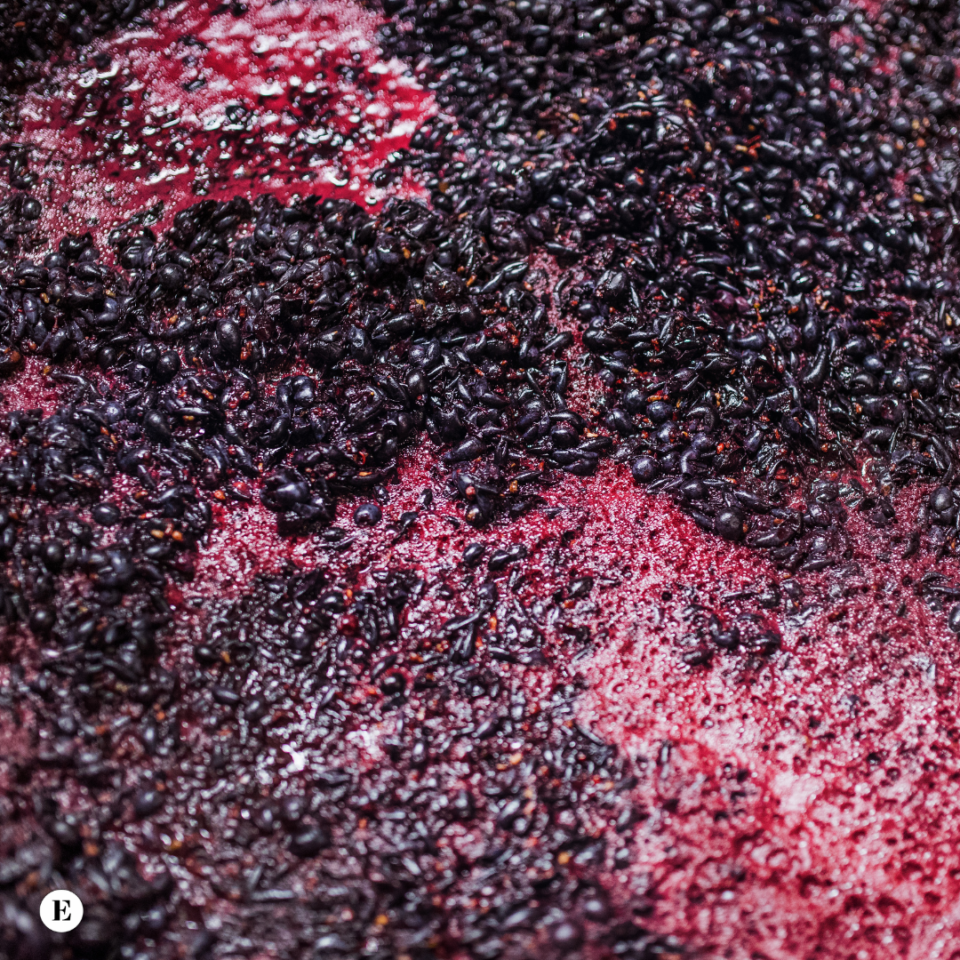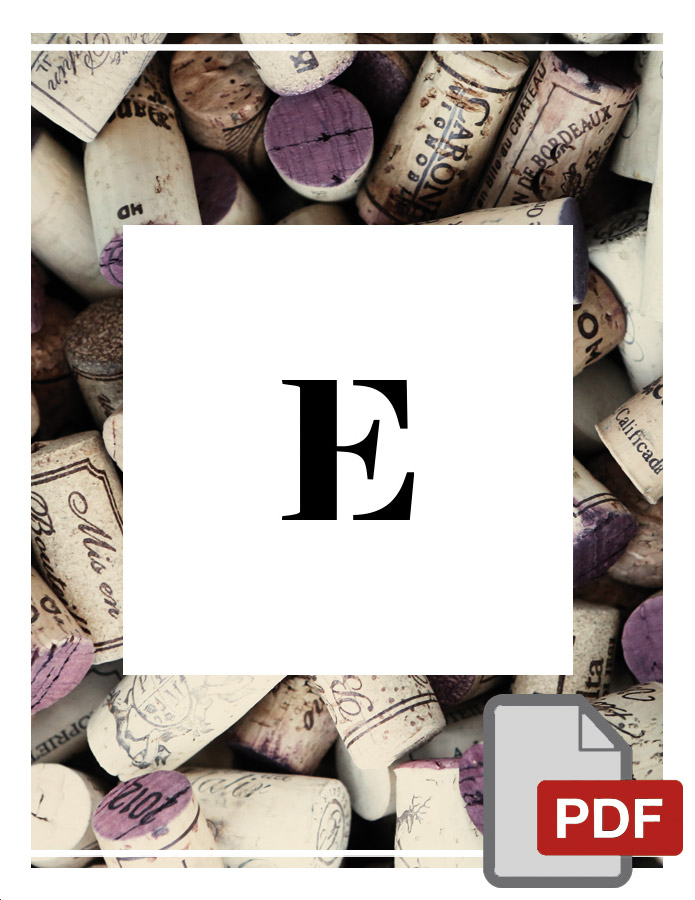Learning about wine
The Maceration of Grapes: A Fundamental Step in Winemaking
Grape maceration is a crucial phase in the winemaking process that profoundly influences the flavor, color, and structure of the wine. This process involves allowing the skins, seeds, and sometimes stems of the grapes to remain in contact with the must, the juice obtained from pressing, for a certain period. This step is essential for extracting compounds that give the wine its distinctive characteristics.
Types of Maceration
There are various maceration techniques, each producing specific effects on the final product. It can mainly be divided into two categories: pre-fermentation and post-fermentation maceration.
- Pre-Fermentation: This technique occurs before the start of alcoholic fermentation. The grapes are crushed, and the contact between skins and must takes place at controlled, usually low, temperatures to extract aromas and pigments without initiating fermentation. This method is often used for white and rosé wines to enhance fruity and floral aromas.
- Post-Fermentation: This approach occurs after alcoholic fermentation has been completed. It is commonly used for red wines, where the aim is to extract tannins and more complex structures. The duration of post-fermentation maceration can vary from a few days to several weeks, depending on the type of wine desired.
Effects on Wine

Maceration affects various aspects of wine, determining its organoleptic profile and longevity.
- Color: It is crucial for extracting pigments from the grape skins, giving the wine its color. In red wines, prolonged maceration leads to a more intense and deep color, while in rosés, short maceration allows for more delicate shades.
- Aromas and Flavors: Through maceration, various aromatic compounds are extracted, enriching the wine’s bouquet. Fruit, floral, spice, and herbal notes may emerge depending on the grape variety and maceration method used.
- Structure and Tannins: In red wines, tannins are primarily extracted from the skins and seeds during maceration. Tannins contribute to the wine’s structure and aging potential. A balanced level of tannins can make the wine more complex and pleasant on the palate.
- Wine Stability: It can also affect the wine’s stability. Phenolic compounds extracted during this process can act as natural antioxidants, contributing to the wine’s preservation over time.
In conclusion, the maceration of grapes is an essential step in the winemaking process that requires attention and precision. The choices made during this phase can determine the success of a wine, influencing its color, aromas, structure, and aging capability. Understanding the different aspects of maceration helps producers create wines that best reflect the characteristics of the terroir and consumer preferences.





